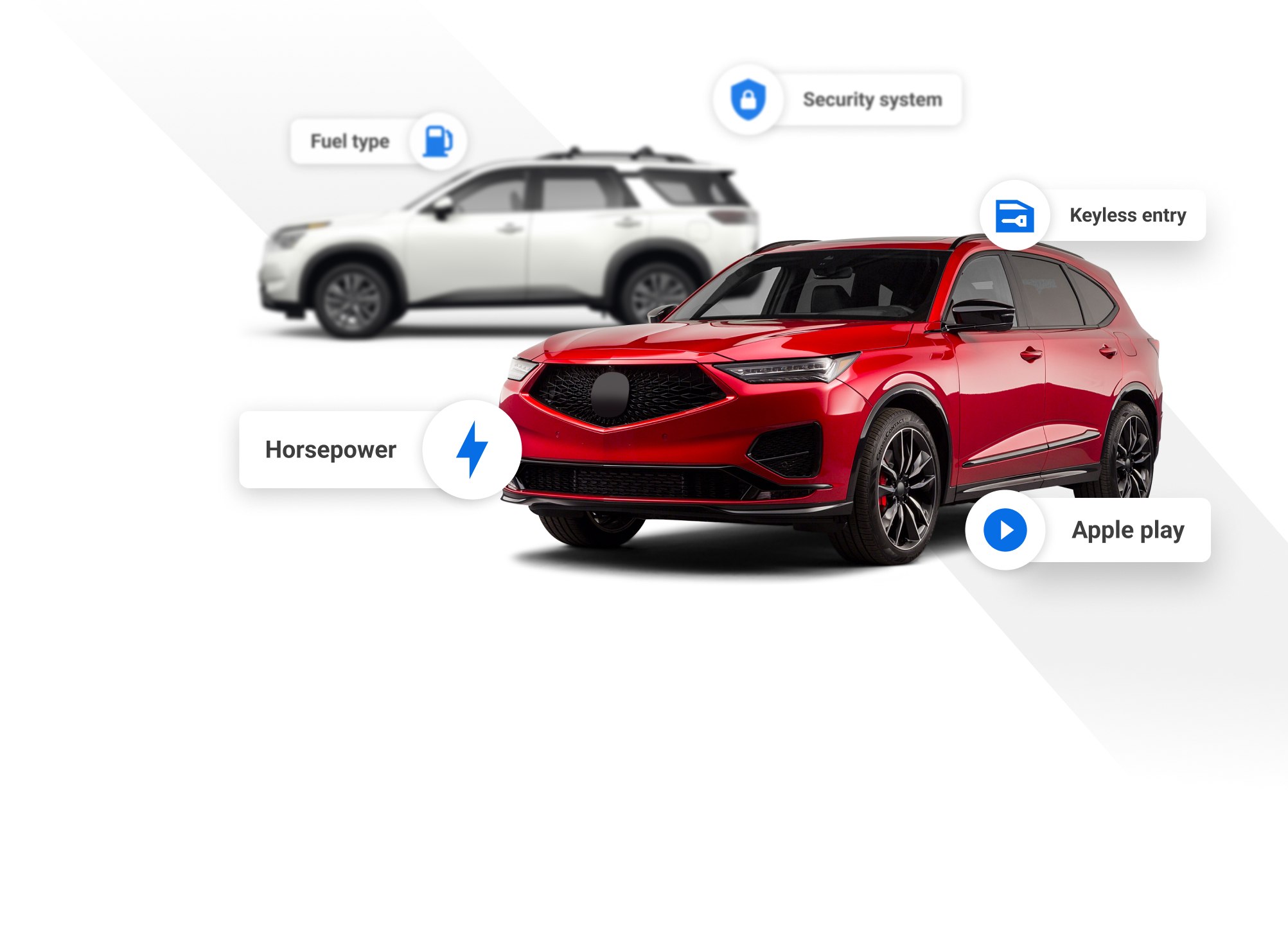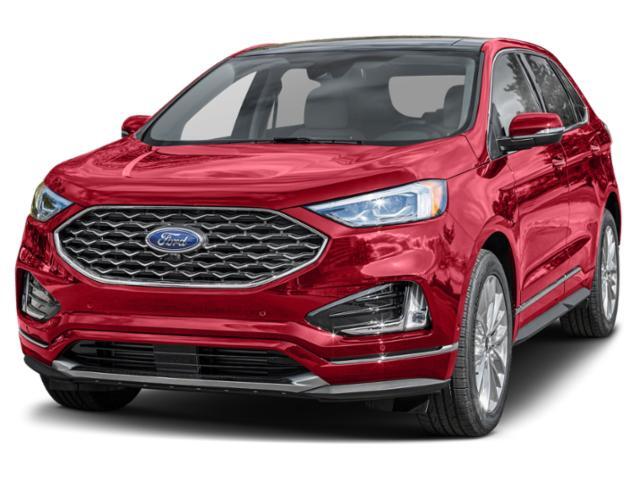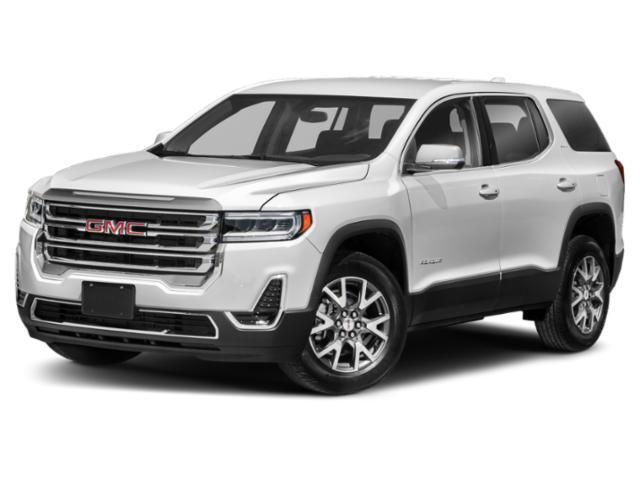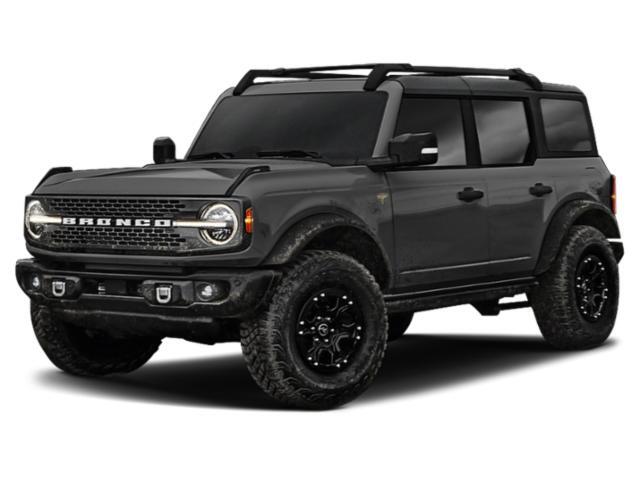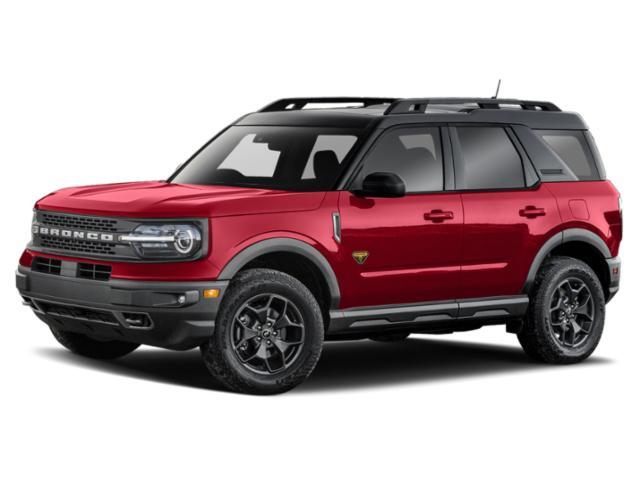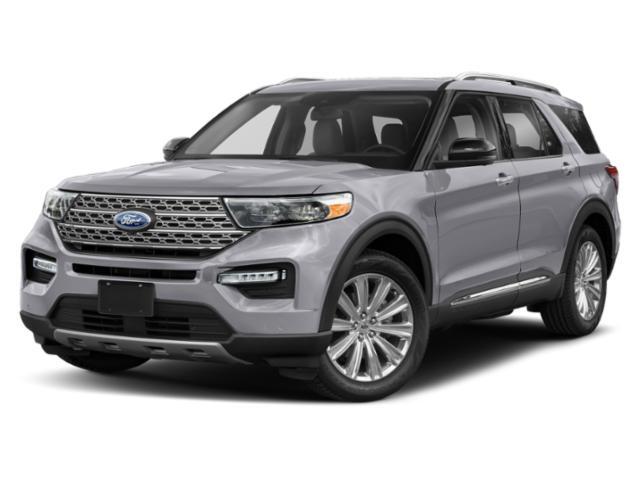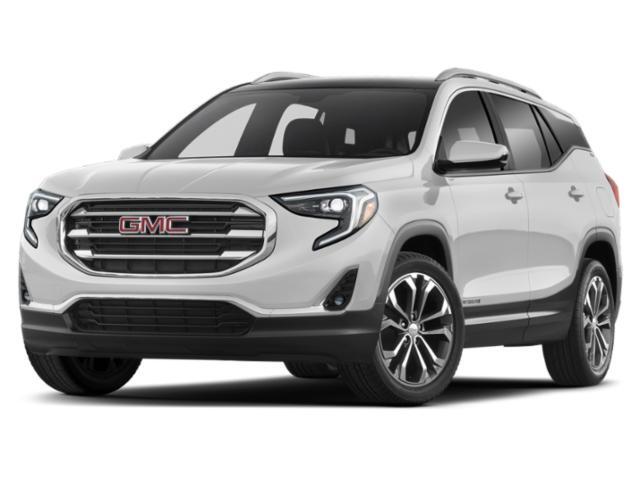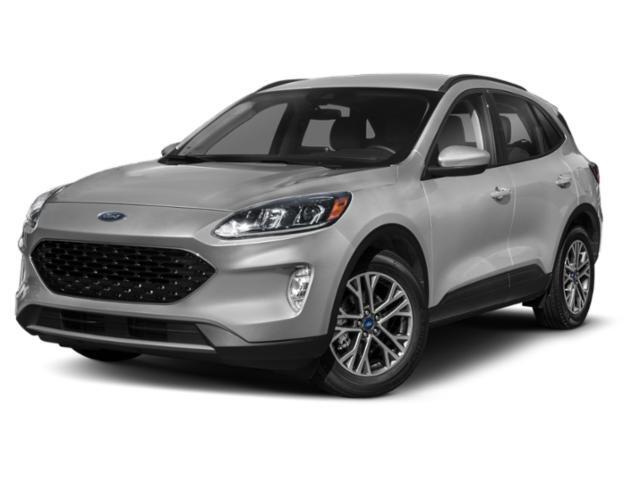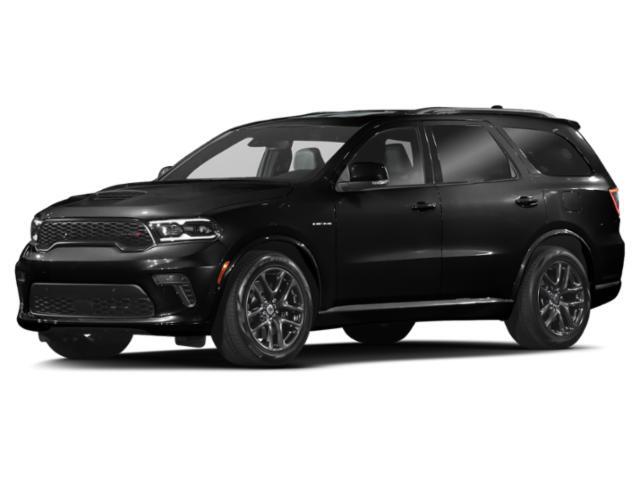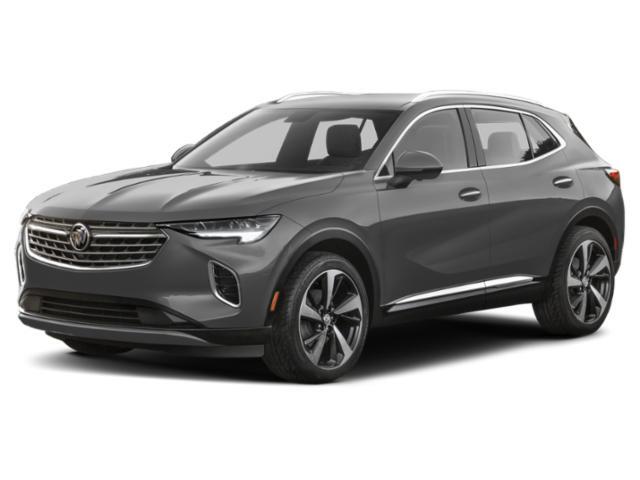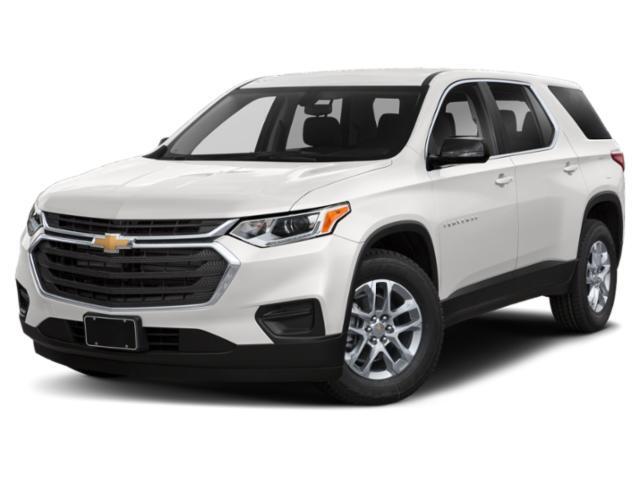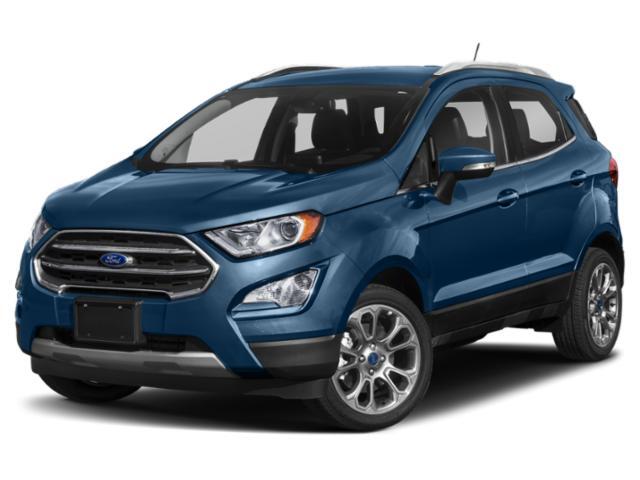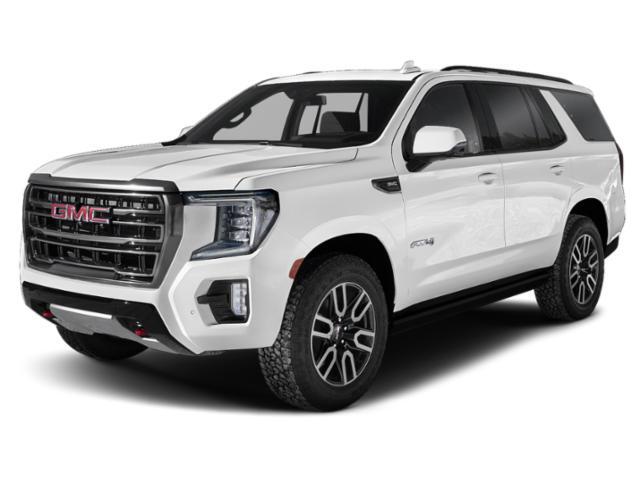
2021 Chevrolet Blazer

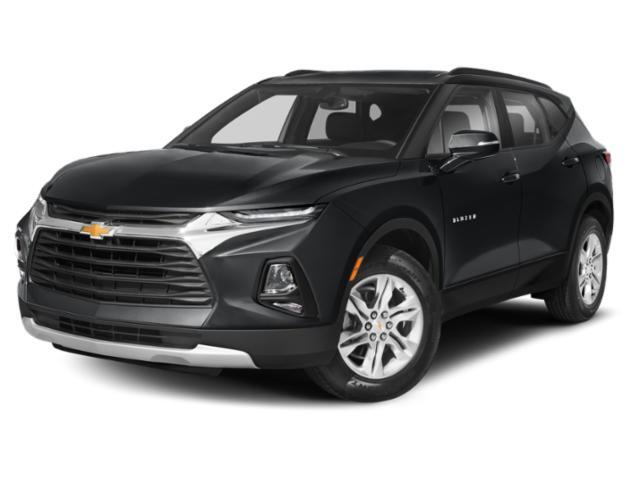
Key Specifications for 2021 Chevrolet Blazer






Buyer’s Guide
History/Overview
Chevrolet added the Blazer mid-size crossover to its lineup in 2019 to complement the more mainstream Equinox (which is marketed as a compact but scaled more like a mid-sizer) and fill a gap between it and the three-row, mid-size Traverse.
What’s New/Key Changes From Last Year
For 2021, the Blazer sheds its entry-level LS trim, and the new LT starting point gains driver safety assist features previously reserved for the model’s high-end packages.
Available Trims
This year, the Blazer comes in LT, True North, RS and Premier trims. Power is from a choice of 2.5L and turbocharged 2.0L four-cylinder engines, and a 3.6L V6. LT begins with front-wheel drive that options to an AWD system that’s standard across the rest of the range. All Blazers use a nine-speed automatic transmission.
Standard Features
Exterior and mechanical features standard in LT trim include auto engine start/stop, an electric parking brake, 18-inch silver wheels, heated/power-adjustable side mirrors, LED daytime running lights, LED taillights, passive keyless entry, and remote engine start.
Inside, you’ll find a 4.2-inch driver info display, a six-speaker stereo, a power driver’s seat, an 8.0-inch infotainment display, dual-zone auto A/C, heated front seats, push-button engine start, cloth upholstery.
Blazer’s safety kit comprises tire pressure monitoring, automatic high beams, forward collision alert with pedestrian detection and automatic braking, following distance indicator, lane keep assist, lane departure warning,
True North trim adds a power front passenger seat, an auto-dimming rearview mirror, blind spot monitoring with lane change alert, a leather-trimmed steering wheel, roof rails, auto-dimming rearview and side mirrors, power tailgate, a power front passenger seat, rear park assist, leather upholstery, and an integrated garage door remote.
RS trim brings a trailering package with hitch guidance, 20-inch wheels, a hands-free tailgate, a 120-volt power outlet, an 8.0-inch driver info display, and a heated steering wheel.
Finally, Premier models gain dual exhaust tips, chrome/silver exterior trim, a trim-specific grille treatment, an eight-speaker stereo, heated rear seats, a power-adjustable steering column, and ventilated front seats.
Key Options
Blazer’s LT Plus package adds auto-dimming mirrors, a power tailgate, and rear park assist. A Redline pack gets 20-inch wheels and red exterior trim.
True North’s key option is a Plus package of a rear camera mirror with washer and navigation.
RS Plus models get an eight-speaker stereo, power steering column adjustments, ventilated front seats, and heated rear seats. RS and Premier share a Safety Plus pack of the rear camera mirror plus surround-view cameras, adaptive cruise control, enhanced collision avoidance, LED headlights, and wireless smartphone charging.
Fuel Economy
Chevrolet’s fuel consumption estimates for the Blazer are 10.6/8.0 L/100 km (city/highway) for the 2.0L turbo engine and FWD, and 10.6/8.7 L/100 km with AWD. Ratings for the 2.5L/FWD combo are 11.3/8.9 L/100 km.
V6 Blazer figures are 12.0/8.7 L/100 km (city/highway) with FWD and 12.5/9.0 with AWD.
Competition
The Chevrolet Blazer is an oddball in the mid-size class for a sporty look that limits its practicality next to more traditional crossovers like the Hyundai Santa Fe and Subaru Outback, Ford’s Edge, and the Honda Passport. The closest analogs might be the Toyota Venza and VW’s Atlas Cross Sport.
Review & Compare:
Photos

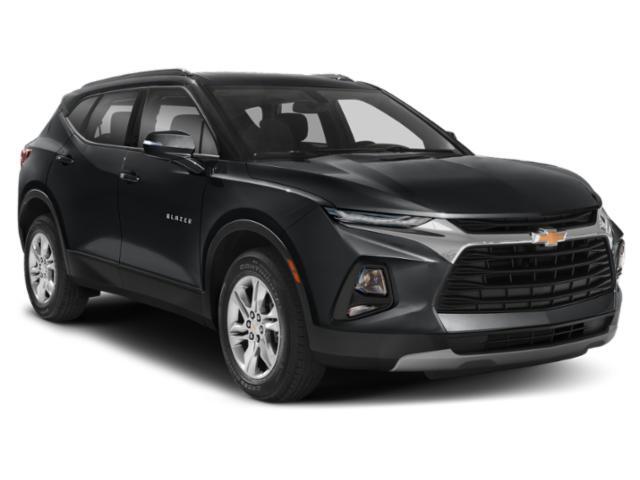
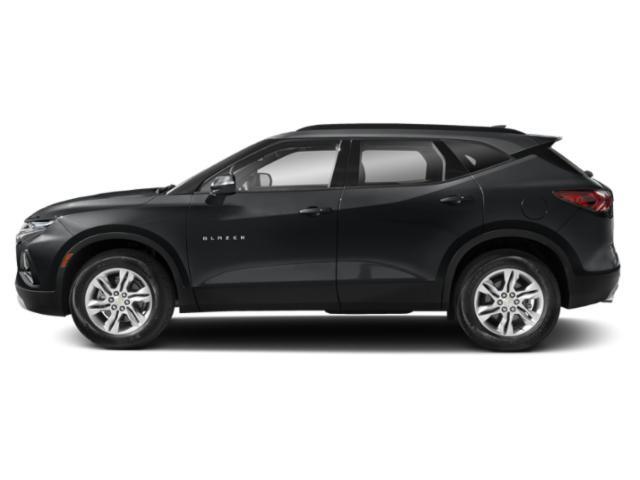
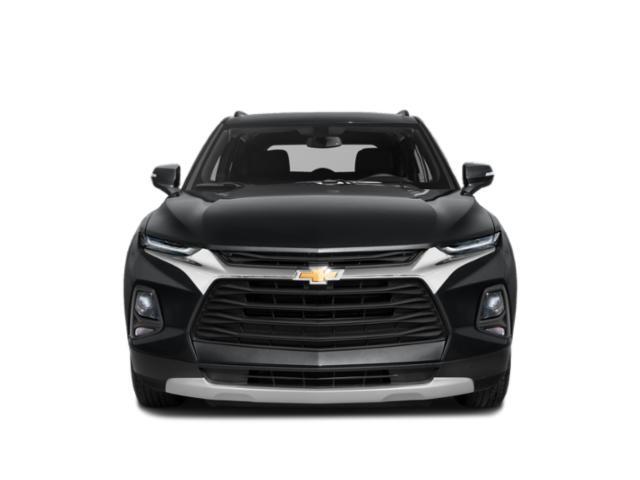
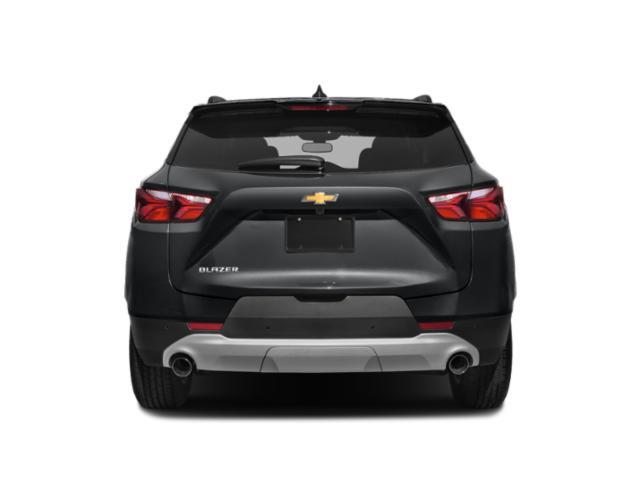
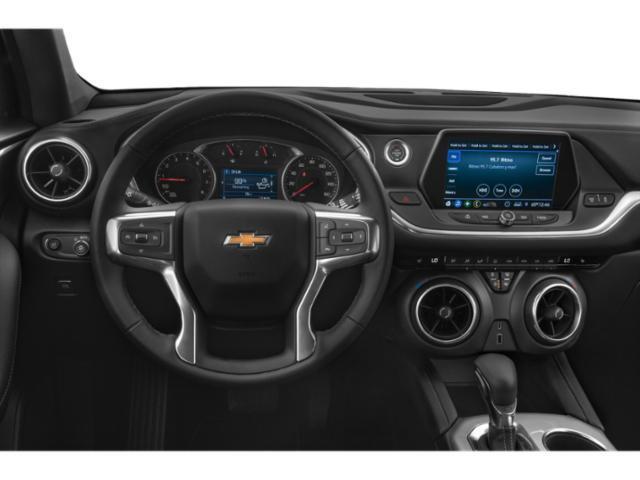
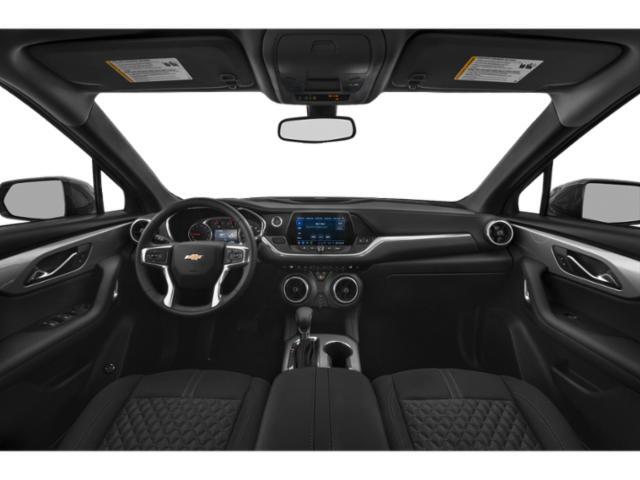
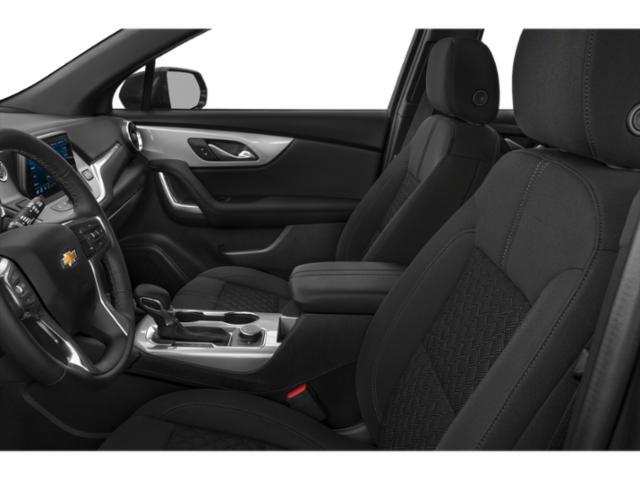
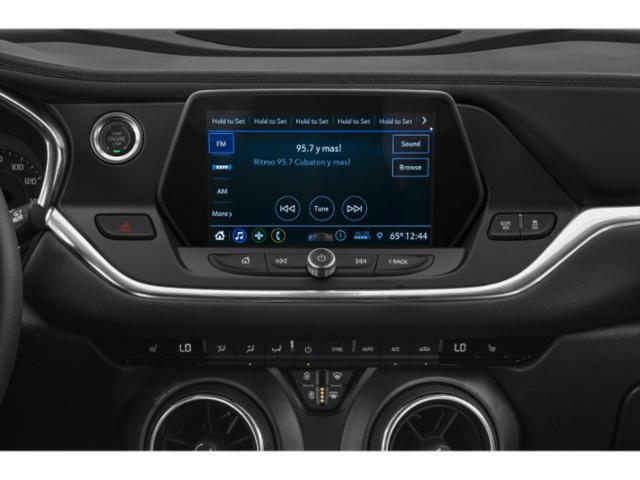
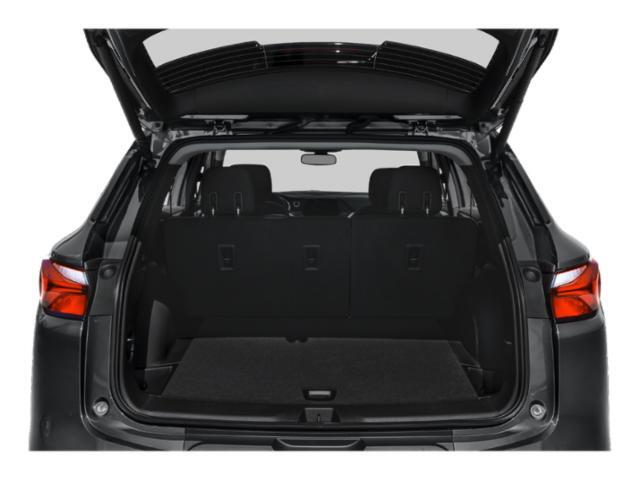
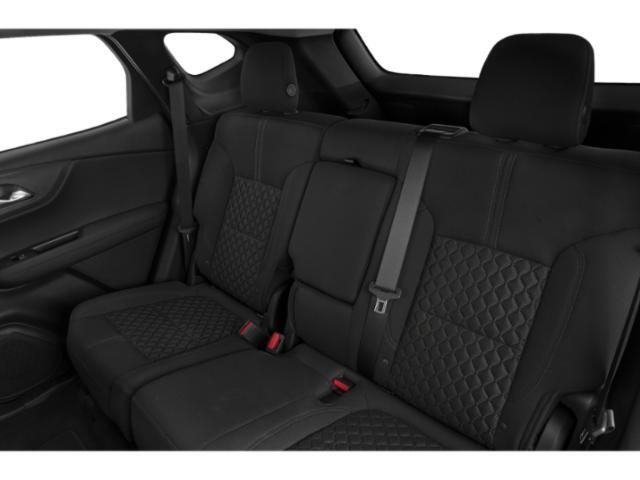
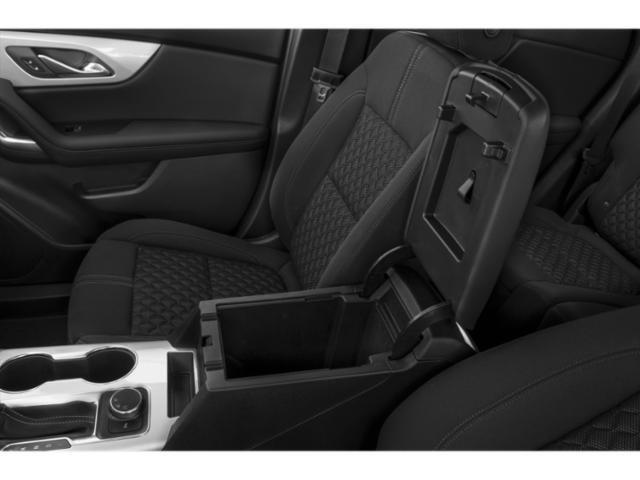
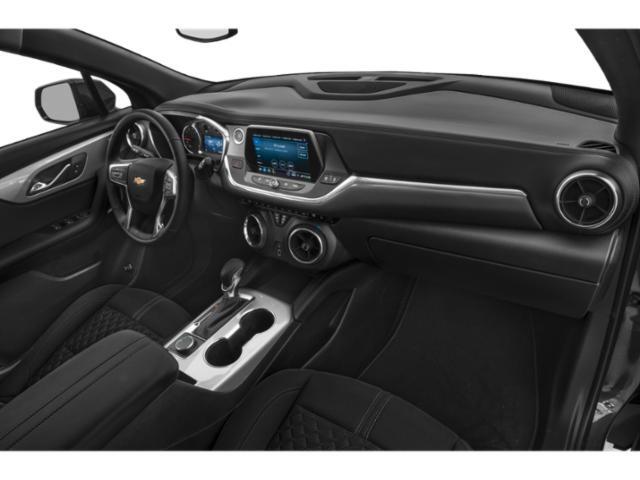













AutoTrader Review


This vehicle has not yet been reviewed



